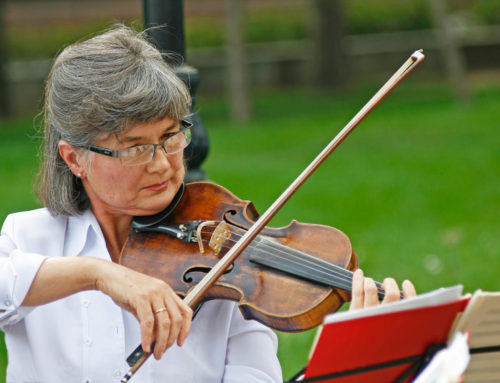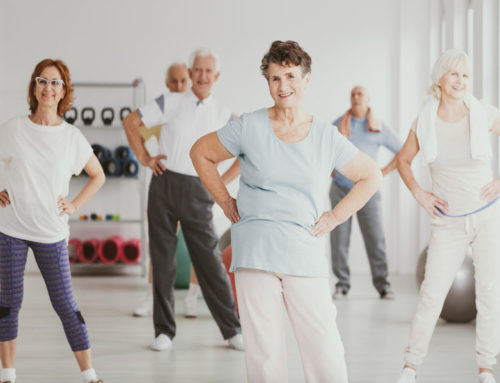Share This Story!
Combating Senior Isolation And Associated Health Impacts
As people get older, a common concern is senior citizen isolation. But over time, sustained isolation can lead to depression and even negatively impact physical health. In particular, a combination of a shrinking social circle and health conditions can make getting out of the house harder and potentially lead to more time spent at home alone. Encouraging seniors to stay engaged in the community through group activities can help to prevent isolation and associated effects.
Maintaining friend groups
The most significant benefit to encouraging group activities in seniors is ensuring that social circles continue. A common concern for elderly members is that spouses, relatives, and even long-time friends may pass away with age. As a result, a person’s social network may become either too small or non-existent. However, encouraging seniors to engage in groups like a book club, a cooking group, or even spending time at the local senior center can help to minimize feelings of loneliness.
Improving physical health outcomes
Along with a boost in morale, engaging in routine group activities can help combat feelings of loneliness which aids in improving physical health. While loneliness can’t be pinpointed as a direct cause of poor health, experts know that a lack of socialization can make people suffering from chronic health conditions experience steeper health declines. In particular, studies have found a common theme between loneliness and degenerative diseases in seniors, such as Alzheimer’s disease and multiple cardiovascular and sleep-related conditions.
Improving quality of life
People need to look forward to tomorrow. And having a solid social network can give elderly members a reason to want to get up in the morning. From looking forward to meeting up with friends a few times a week to enjoying new experiences and creating fun memories, maintaining social connections through group experiences can give seniors a refreshing and fresh outlook on a critical stage in life.
Making the golden years brighter
After a lifetime spent pursuing career goals or building a family, seniors deserve to enjoy the sunset period as much as the time leading to retirement. Encouraging seniors to stay active and engaged in the surrounding community can go a long way towards preventing loneliness. Staying connected is especially important for seniors who live alone or have recently experienced the loss of loved ones. Friends and relatives should ensure that seniors have the resources needed to stay active in the community, including providing transportation if necessary or encouraging medical checkups to check hearing and vision.





